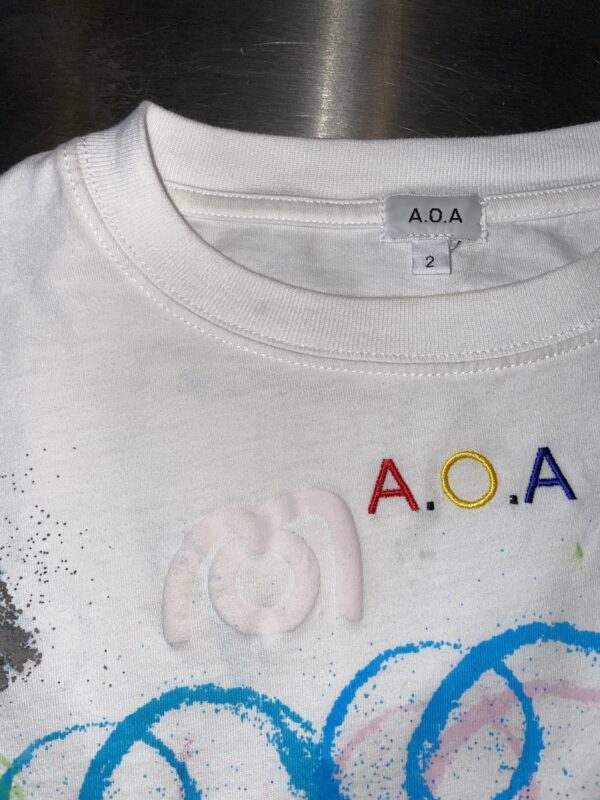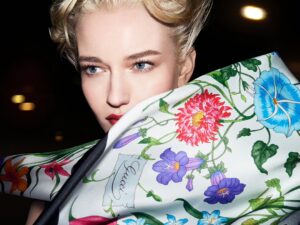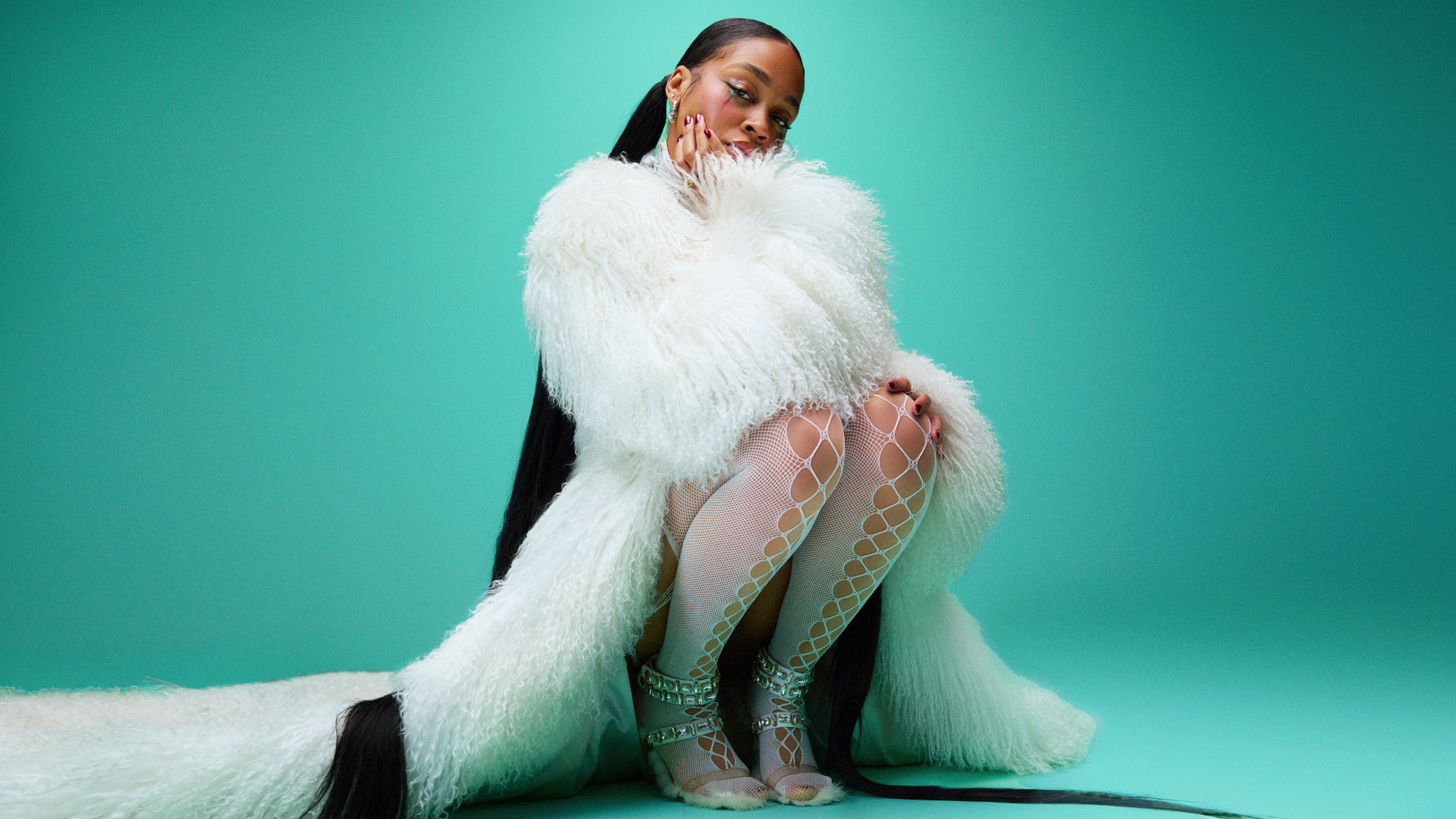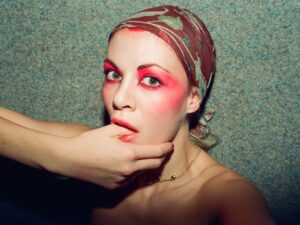AOA ATELIER is creating slow-fashion as creative as it gets.
Laura Julie Brage hand-makes beautiful artistic pieces for her Copenhagen-based label AOA ATELIER. From sewing pants, dying yarns and knitting to drawing prints and creating sculptures, Laura Julie Brage is a multidisciplinary creative mind. Many of her designs are inspired by nature, her focus is on being sustainable and transparent. Discover AOA’s story and learn more about the methods in the interview down below!
When was the idea for AOA ATELIER born?
It was an intuitive process about five years ago. I started making pants for myself, as I couldn’t afford the ones I wanted and didn’t wanted to support fast fashion. At this time in Copenhagen, we didn’t have a lot of small local brands, whereas the whole industry was in a way living in its own far out sphere with a lot of waste and a universe where we just see the product and everything else was hidden. So, I started taking sewing classes and made simple pants from funny materials. And a whole new world was born for me: I was amazed how little it took to make something so useful for my everyday life – in an ethical and sustainable way. Until then, clothes for me were kind of an abstract thing. After many positive responds on my pants from friends, I just decided to scale up a bit and make my own brand with a focus on transparency to the process and the working hands behind; Apparel, Objects, Atelier. And then it just slowly grew from there.
As you have a masters degree in art and architecture, what impact does this education have on your fashion design?
AOA was born around same time as I started my Master at the Royal Academy of Architecture in Copenhagen. It’s a school requiring full time so my work with AOA merged together with my school projects. The two practices reflected each other in themes, colors and materials. In a way, I work with garments like a house consisting of building stones put together in a simple construction that can be build by hand. The shapes are universal and including instead of trend based. It also means that I’m doing a lot of other stuff than solely design, as I do not even see myself as I designer: I just work creatively in a lot of different fields such as art direction, logos, covers, photography, drawings, and small scale architecture things for friends, artist and local collabs. And then I sell hand drawings and prints. Point is that because I’m approaching garments as a not educated designer, I might be more open to not strictly focus on this and I am not even aware about how to make a collection. I just do it my way. It’s a really intuative, autodidact, multi disciplinary approach, which can develop in any direction.
What features do you look for when choosing materials?
I work with three different material groups: surplus fabrics, printed lycra and knits. For the knits I buy surplus yarns, mostly white, no blends and no polyester and then I color it. The surplus fabric is chosen from suppliers in Paris, where I lived for two years, and I always think about how it feels to wear – it needs to be comfy and durable! And then I love using fabric that was made for something else, like a jacket, and use it for pants. For the prints, I mostly choose recycled polyester to print on and I love lycra cause it can be both elegant and sporty, looks super classy and also really down to earth. And then it’s made to be worn tight and I love that: to see all the different body types curve underneath my playful prints.
Which ingredients are best to create fabric dyes?
Depends on which result you’re looking for. For the clean mind I use plants and food waste and it’s good but a looooong process – and sometimes a bit smelly. I love the cochineal color, but my vegan brain has some troubles with using dead animals for coloring. For strong candy-like results I use acid dyes.
What techniques you like working with the most?
I love hand-colouring! And oil pastels. And taking pictures with my analog camera.
What is your favorite color?
Blue. Forever! I even have a dog named Bleu.
When it comes to the feasibility of your ideas, have you ever reached limits?
Sure! I have a lot of ideas which are not economically possible at the moment. Plus, as I work from a home studio, I do not have a lot of space to make big sculptures, which I would love to do more like I did in school. Especially ceramic, paper maché, 3D printing, laser cutting and cast are things I dream about doing more of. And start painting with oil colours! I need more time, too.
Do you rather create digitally or by hand?
Always by hand. During my five years in school I never made anything in 3d programs, even though my teachers were like: “Good luck finding a job then”. But I love the life and ideas that come out in the process of creating with my hands. It’s where everything makes sense and where I’m the most happy. When I was like six years, my dad had a visitor from russia, a big architect, and they were talking about the new era of architecture with the arrival of computer drawing programs and he very seriously said “NEVER forget the soft pencil”. This stuck with me. That sentence became a part of me.
Where do you get the inspiration for your prints and color combinations?
I never open a magazine or follow other brands on Instagram; it’s too noisy for me and then I cannot separate my own ideas from other’s. So, I get inspiration from making experiments myself and taking days off from times to time, visiting museums and being in nature.




